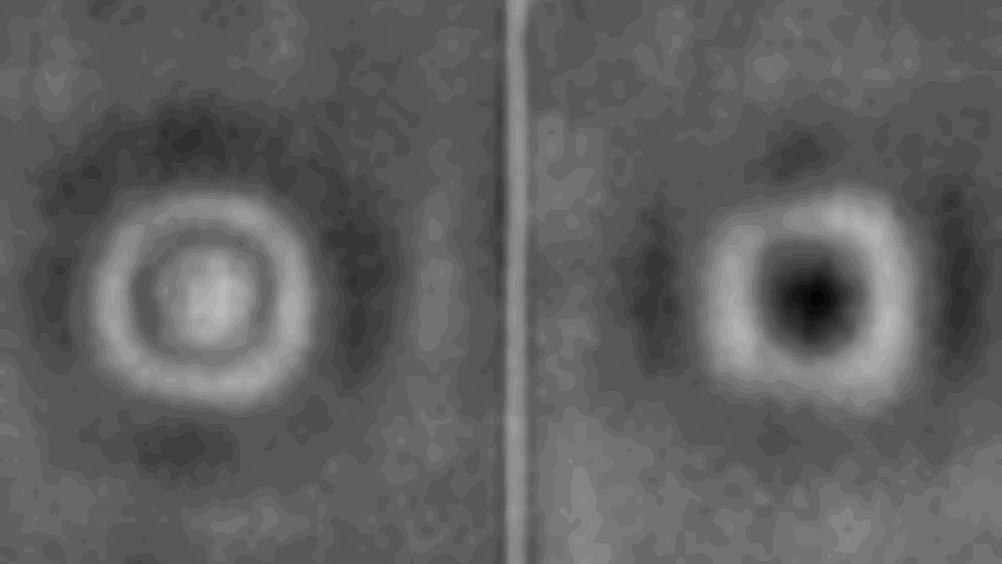Microlenses speed chemical detection

Scientists at Georgia Tech have discovered a way employing reusable hydrogel microlenses to detect trace amounts of substances in seconds.
The microlenses make use of the antibody-antigen binding, the same process used by the human immune system, to detect biological or chemical agents. When antibodies on the microlenses come into contact with the antigen they are set to detect, they bind, causing the lenses to swell and become less dense.
By projecting an image through the tiny lenses, scientists can view this swelling as a change in the microlens’ focal length. If the projected image is normally in focus, it goes out of focus when it comes into contact with the substance.
The process is reversible, allowing the same lenses to be reused
The team tested their system on its ability to detect biotin, a B-complex vitamin. To make the two-micrometer-wide microlenses, they coated the surface of a flexible polymeric hydrogel microsphere with the antigen biotin and aminobenzophenone (ABP), a photo-cross-linking agent, which is able to chemically attach to other molecules when exposed to UV light.
Register now to continue reading
Thanks for visiting The Engineer. You’ve now reached your monthly limit of news stories. Register for free to unlock unlimited access to all of our news coverage, as well as premium content including opinion, in-depth features and special reports.
Benefits of registering
-
In-depth insights and coverage of key emerging trends
-
Unrestricted access to special reports throughout the year
-
Daily technology news delivered straight to your inbox










Water Sector Talent Exodus Could Cripple The Sector
Maybe if things are essential for the running of a country and we want to pay a fair price we should be running these utilities on a not for profit...